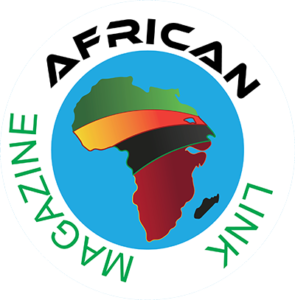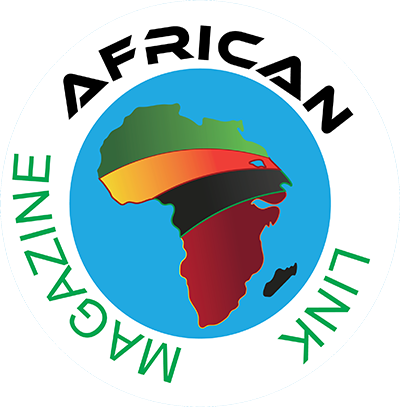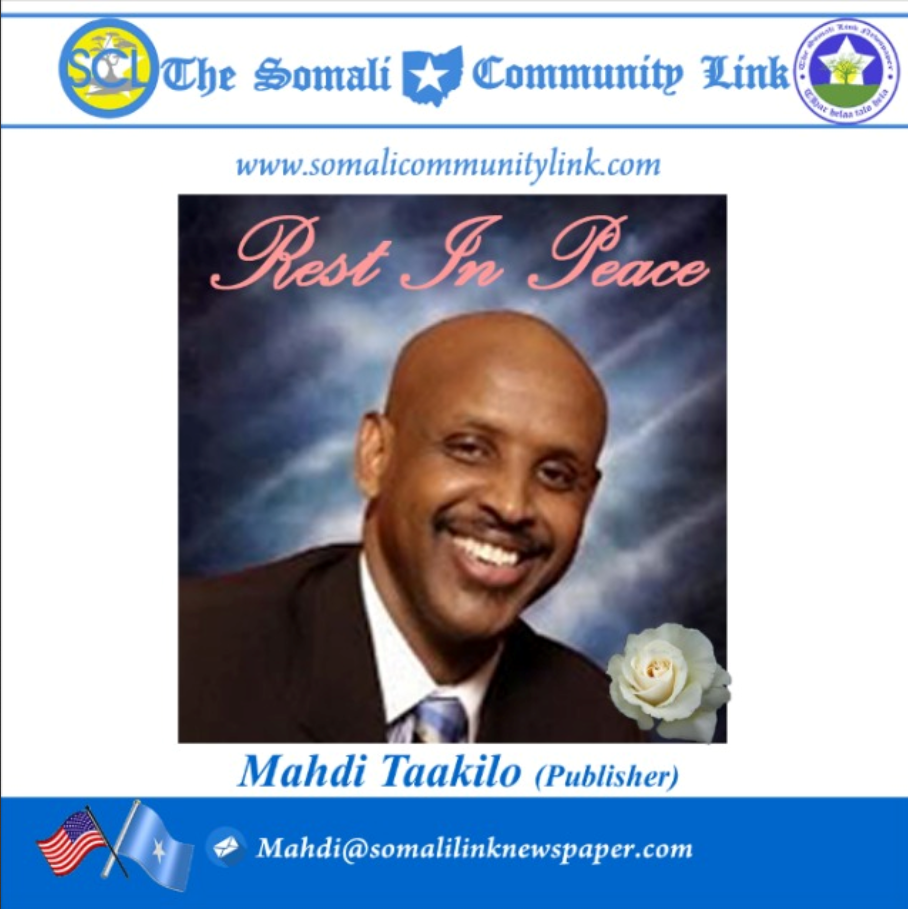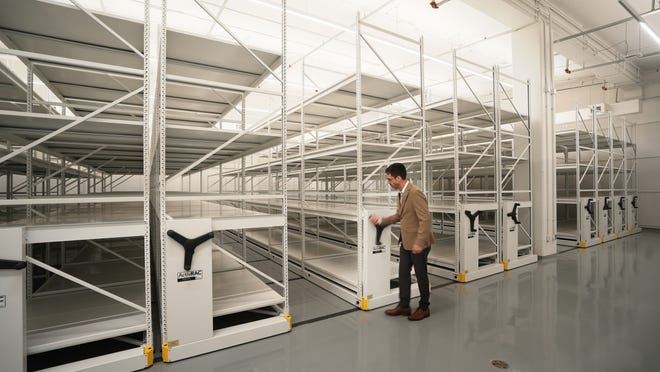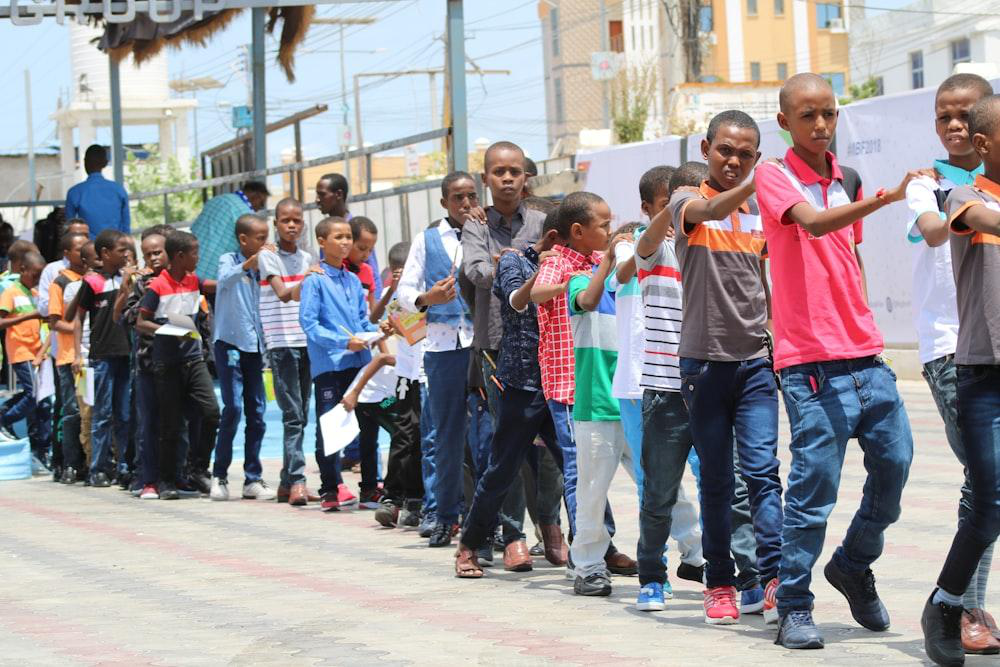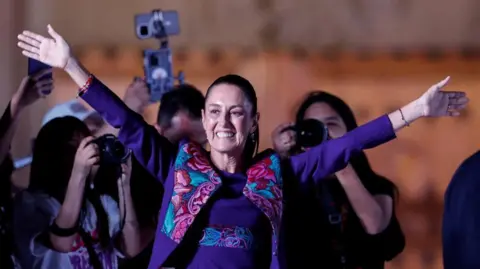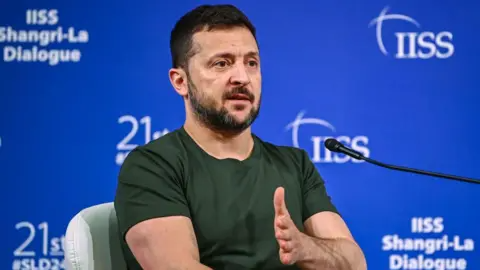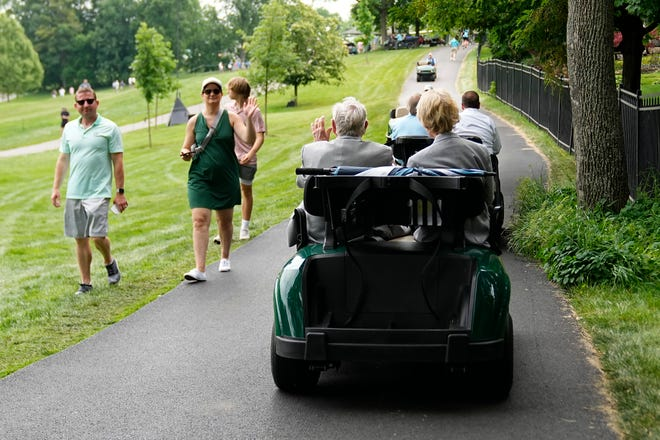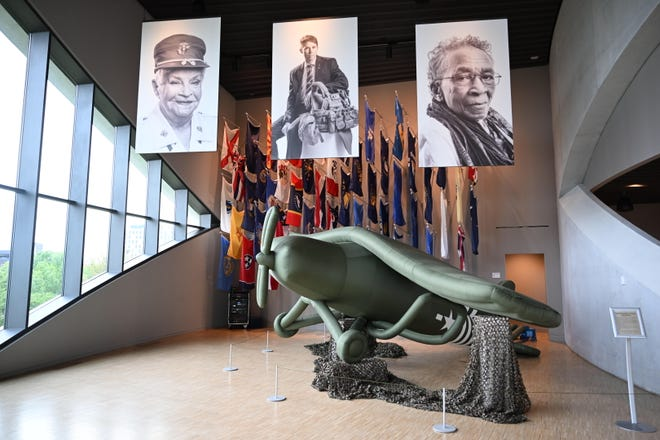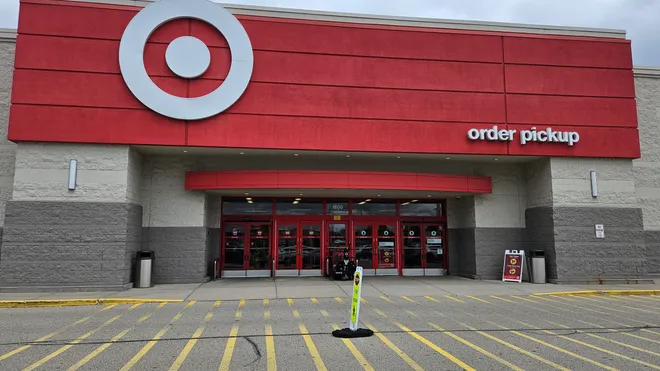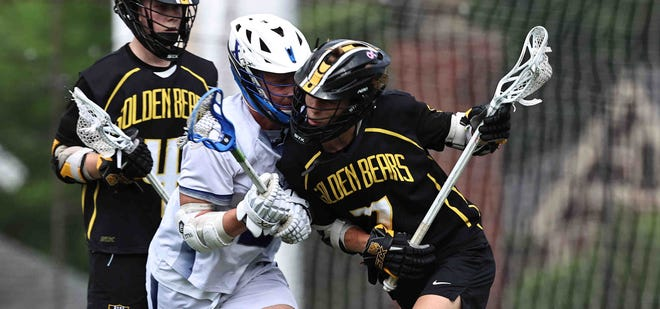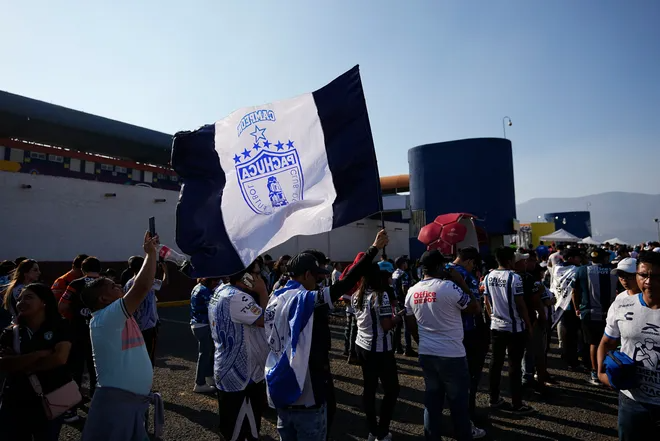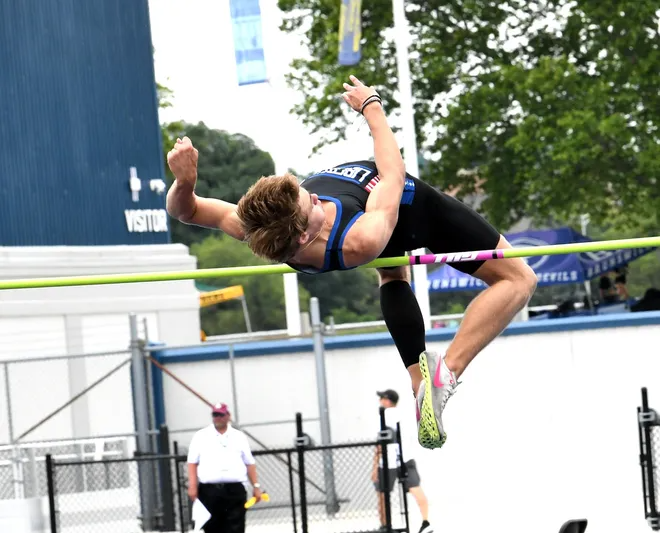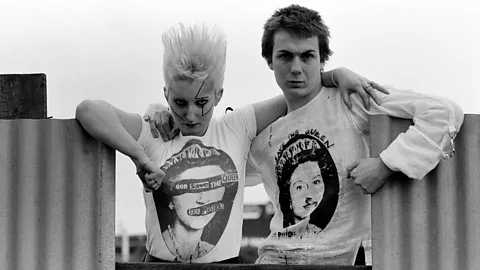
The first surge of coronavirus cases in Minneapolis struck hardest in the Cedar-Riverside neighborhood, where the mysterious virus last April was killing elderly East African immigrants nearly every day.
Public health officials were learning of COVID-19 spreading rapidly in the high-rise Riverside Plaza apartment complex, where riding elevators and carpooling to work at the Amazon warehouse made social distancing impossible.
“We were seeing daily increases in the double digits in terms of the number of cases,” said Luisa Pessoa-Brandão, the city’s lead epidemiologist. “It was concerning to see that happening and that was a neighborhood that very much was accounting for a large proportion of the cases in Minneapolis.”
Now almost a year since the coronavirus crisis, Minneapolis has turned the situation around. Through aggressive testing and stringent measures to curb the disease, the city has consistently lower rates of infection and deaths than many places in greater Minnesota.
An early hotspot is now beating the curve
The Cedar-Riverside neighborhood of Minneapolis was an early epicenter of COVID-19 cases and deaths. But since late summer, Cedar-Riverside’s ZIP code has usually reported fewer weekly cases per 1,000 people than Minneapolis or Minnesota as a whole.
The Cedar-Riverside neighborhood, home to a sizable East African community, generally had lower case rates than many Minneapolis neighborhoods in recent months.
Since the pandemic started, the city has recorded more than 33,360 confirmed cases and at least 396 deaths, according to data kept by the city. People of color account for 42% of those fatalities and make up 40% of the city’s population. As of last week, Minneapolis had a 20% lower COVID-19 death rate than the state overall.
Minneapolis singled out
Last spring, the situation in the city was dire. In May, the White House coronavirus task force singled out Minneapolis, along with Washington, D.C., Baltimore and Chicago, as the four metro areas where COVID-19 infection rates were persistent or rising.
Health officials, who at the time didn’t know much about the disease, quickly identified Cedar-Riverside as a coronavirus hot spot and launched the city’s first community testing event in the neighborhood to begin contact tracing and other targeted efforts to stem the spread of the virus.
After other efforts began in Cedar-Riverside, the city’s public health officials turned their attention to other neighborhoods, like Phillips and Ventura Village, where the virus was spreading. They partnered with the Minneapolis Public Housing Authority and tapped community members to volunteer at testing centers to ease residents’ mistrust of government.
